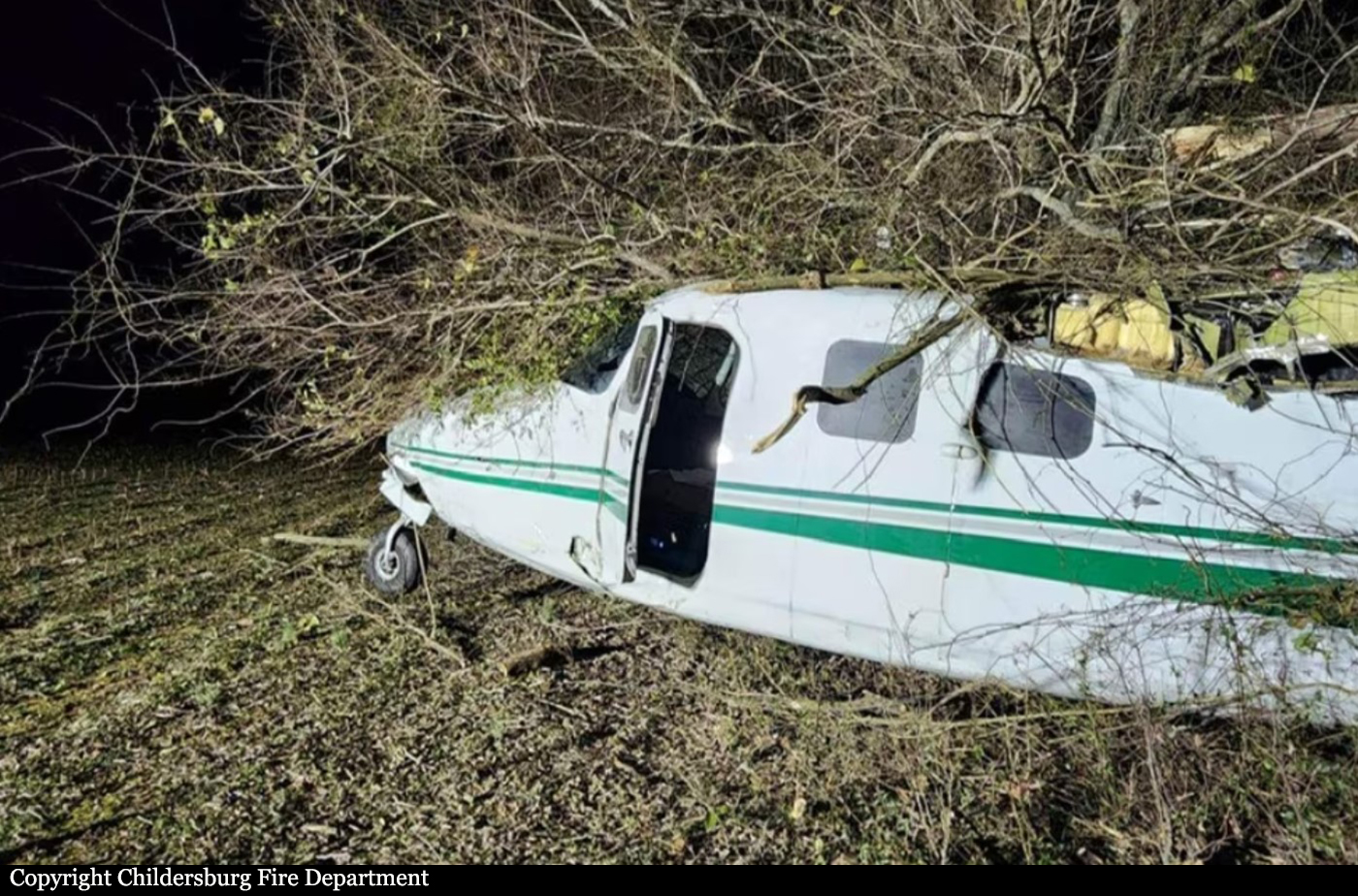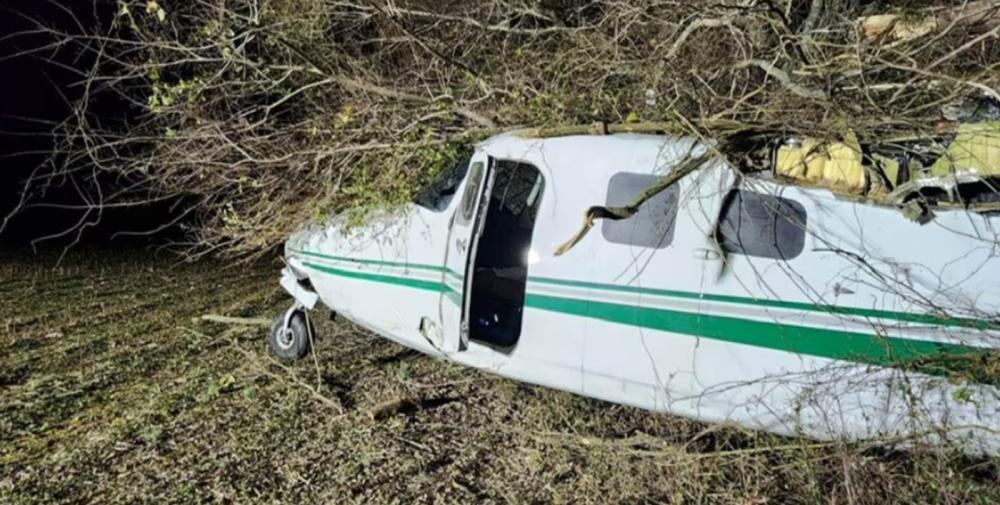Date & Time:
Jan 28, 2023 at 1751 LT
Type of aircraft:
Rockwell Aero Commander 500
Registration:
N107DF
Flight Phase:
Flight
Flight Type:
Ferry
Survivors:
Yes
Site:
Plain, Valley
Schedule:
Tampa - Birmingham
MSN:
500B-1191-97
YOM:
1962
Country:
United States of America
Region:
North America
Crew on board:
1
Crew fatalities:
0
Pax on board:
0
Pax fatalities:
0
Other fatalities:
0
Total fatalities:
0
Captain / Total hours on type:
366
Aircraft flight hours:
20061
Circumstances:
The pilot was taking the airplane on a flight to another airport for maintenance. During the preflight inspection, the pilot turned on the electrical power and noticed that the fuel gauge was indicating 80 gallons of fuel. The pilot reported the airplane holds a maximum of 156 gallons of fuel and he calculated that he needed 113 gallons of fuel to legally complete the flight. He informed the fixed base operator (FBO) that he wanted the fuel tanks topped off, but was informed by the ramp technician that the fuel tanks were full and he did not need fuel. The pilot went back to the airplane and removed the fuel cap. He noticed fuel in the filler neck and assumed the fuel tanks were full. He did not push open the anti-siphon fuel valve to see if the tanks were full or if residual fuel was pooled on top of the anti-siphon fuel valve. When the pilot started the engines, he noticed the fuel gauge was flickering and thought it was malfunctioning. He proceeded to depart for the maintenance base. After about 2 hours of flight time both engines lost power. Unable to reach the closest airport, the pilot executed an off field landing in a cotton field. After landing, the airplane rolled into the trees and the left wing separated from the fuselage. The airplane sustained substantial damage to the left and right wings. According to the fueler at the FBO, she drove out to the airplane to fuel it on the morning of the accident and, after removing the single fuel cap, saw fuel on top of the anti-siphon valve. She used her finger to push down the valve and felt fuel, so she believed the airplane was full of fuel and it did not need additional fuel. Both wing fuel bladders were breached during the accident and a minor amount of fuel was leaked onto the ground. Personnel from the company who recovered the wreckage stated that there was no fuel in the fuel tanks when the airplane was recovered. The fuel quantity transmitter was sent to the manufacturer for examination. Testing of the transmitter revealed no anomalies with the unit. Based on this information, it is likely that the pilot erred in his assessment of the airplane’s fuel quantity prior to departing on the accident flight and that the available quantity of fuel was exhausted, which resulted in the total loss of engine power and the subsequent forced landing.
Probable cause:
The pilot’s failure to assure there was an adequate amount of fuel onboard to complete the flight, which resulted in a loss of engine power due to fuel exhaustion.
Final Report:
N107DF.pdf733.37 KB




